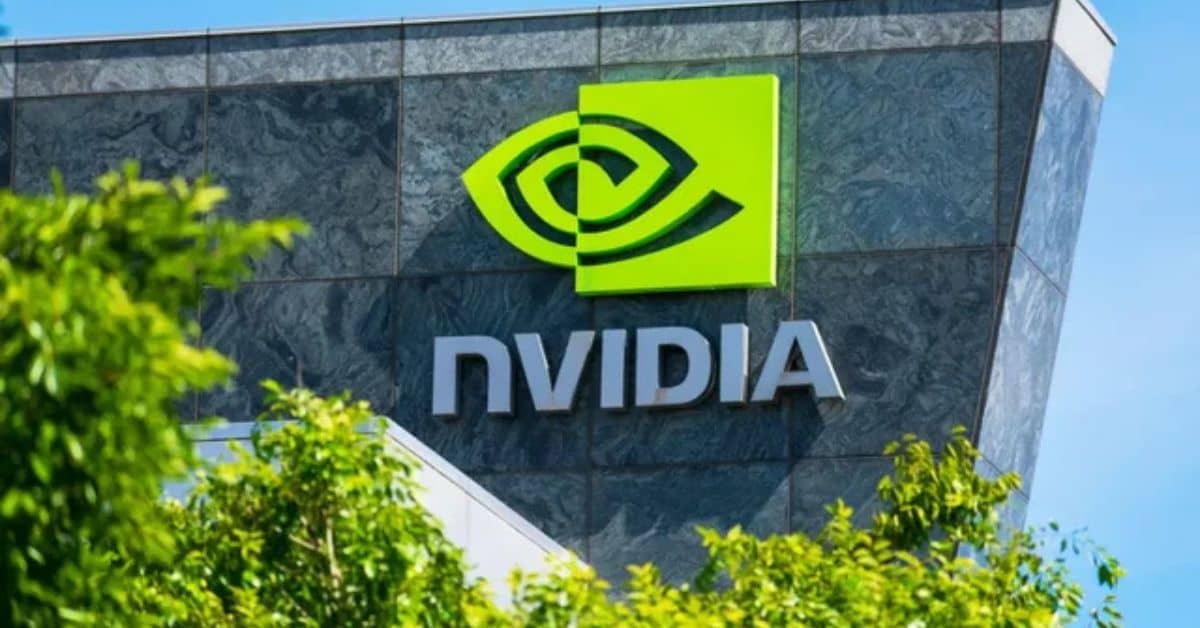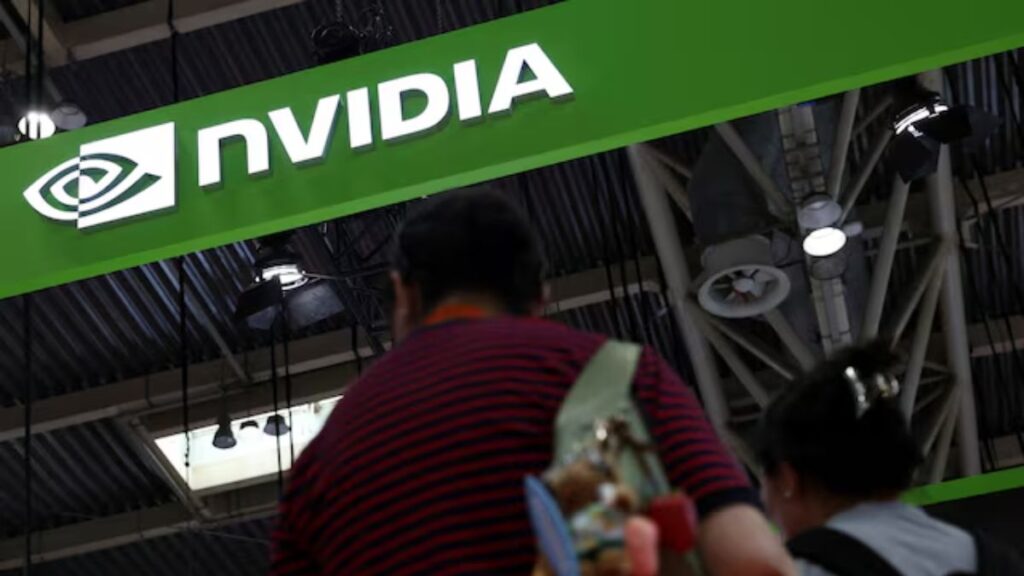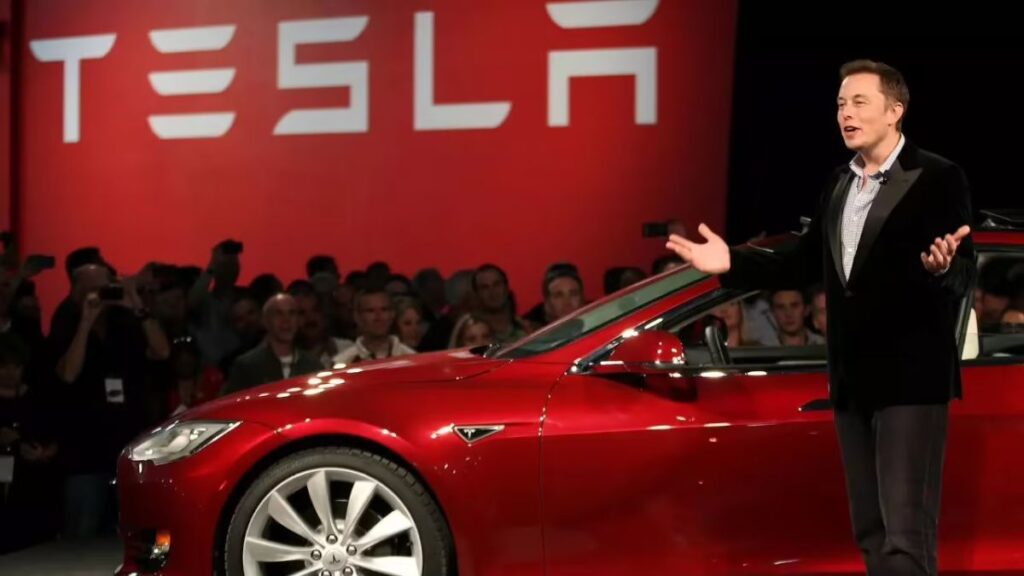Nvidia (NVDA) is bracing for a potentially rocky earnings report, with investors and analysts focused on several major concerns heading into the AI chipmaker’s fiscal fourth-quarter results.
Nvidia’s report, set for release after the market closes on Wednesday, comes as Wall Street expects the company to earn 85 cents per share, a 63% year-over-year increase, on sales of $38.1 billion, up 72%. This would represent a slowdown from the explosive growth Nvidia experienced throughout 2024.
For the current fiscal first quarter, analysts are forecasting Nvidia earnings of 91 cents per share, up 49%, with sales reaching $42.07 billion, an increase of 62%.
However, Truist Securities analyst William Stein highlighted three key concerns for Nvidia heading into its Q4 report:
- Will there be a “sales air pocket” as customers transition from Nvidia’s Hopper systems to its newer Blackwell processors?
- Could production challenges hinder the availability of Blackwell processors?
- Will hyperscale cloud computing services rethink their capital expenditure plans following the rise of China’s DeepSeek AI systems, which can reportedly be made at a lower cost?
Despite these concerns, Stein remains optimistic, noting that other data points suggest strong sales and continued demand for Nvidia’s chips. He has a “buy” rating on Nvidia stock, with a price target of $204.
Stock Performance Before the Report: Nvidia’s stock has been under pressure recently. On Monday, shares dropped 3.1% to close at $130.28, and on Tuesday, the stock fell another 2.8%, closing at $126.63. This dip comes after reports that Microsoft (MSFT) might be scaling back its data center expansion plans, which impacted Nvidia and its AI chip peers, such as Broadcom (AVGO) and Marvell Technology (MRVL).
Despite this, Wedbush Securities analyst Daniel Ives remains positive about Nvidia’s prospects. He believes the company is on track for another strong performance, which would help ease investor concerns surrounding the broader tech sector.
De-Risk Trade and Future Outlook: Some analysts, like Mizuho Securities’ Jordan Klein, suggest that a strong report from Nvidia might not be enough to turn around investor sentiment. Klein noted that many investors are in a “de-risk” mode and unlikely to push back into AI semiconductors unless more concrete and favorable trends emerge.
Meanwhile, Morgan Stanley’s Joseph Moore echoed the view that Nvidia’s prospects have improved over the past two months, but ongoing export control risks, particularly in relation to China, continue to pose a challenge. Moore predicts an in-line guide for the current quarter but expects a positive momentum shift in the second half of 2025 once export controls are resolved.
As Nvidia prepares for its earnings call, the tech giant’s outlook remains uncertain, with analysts split on how much the company can overcome the current headwinds and continue its strong growth trajectory.







